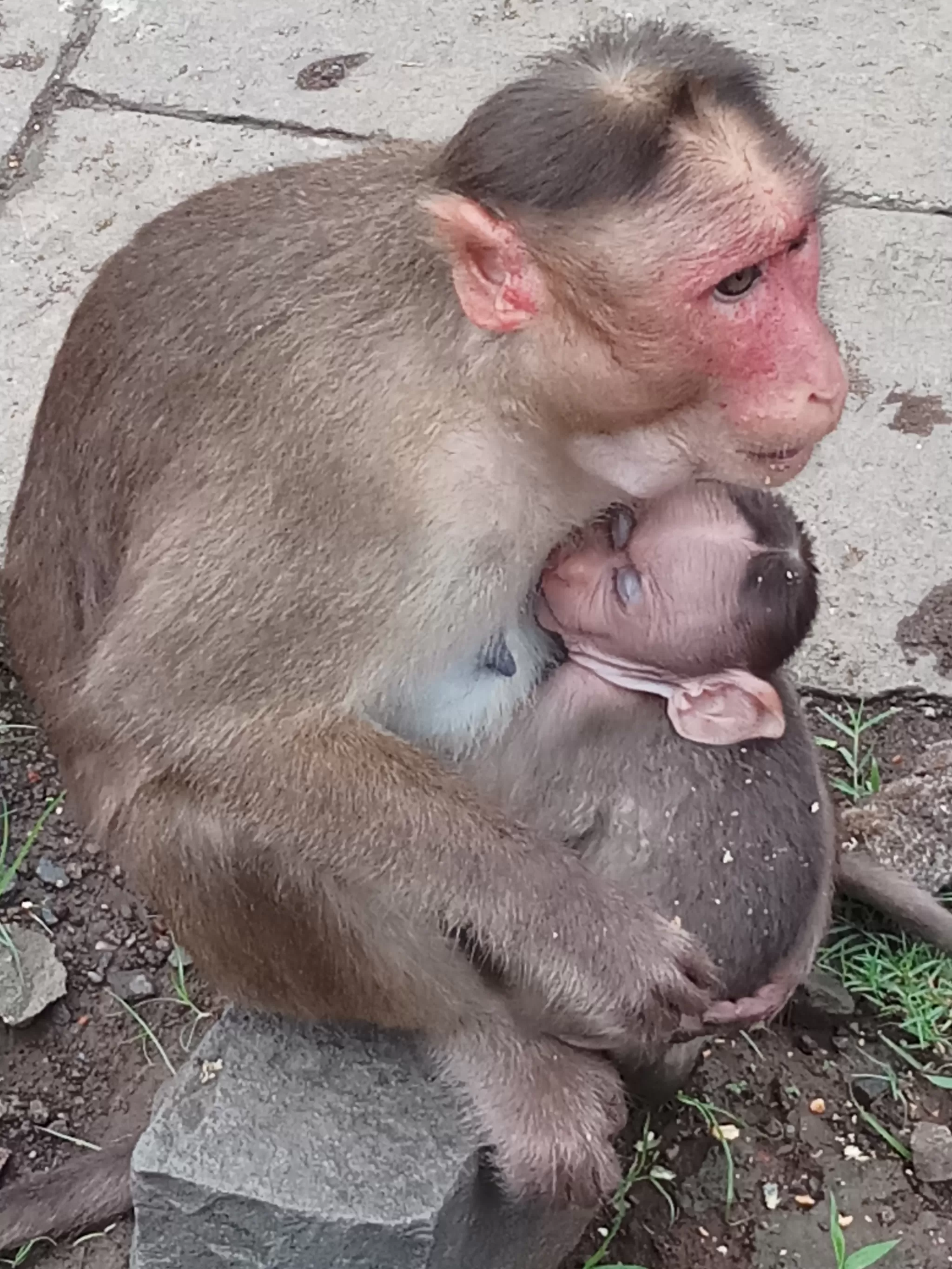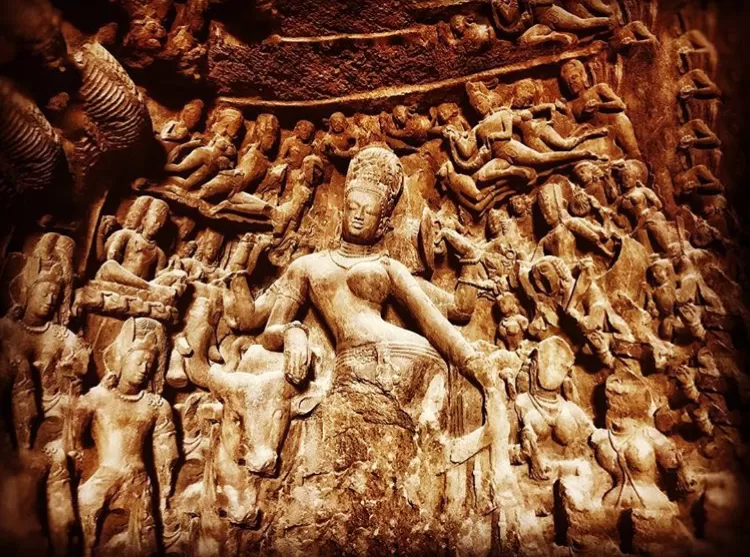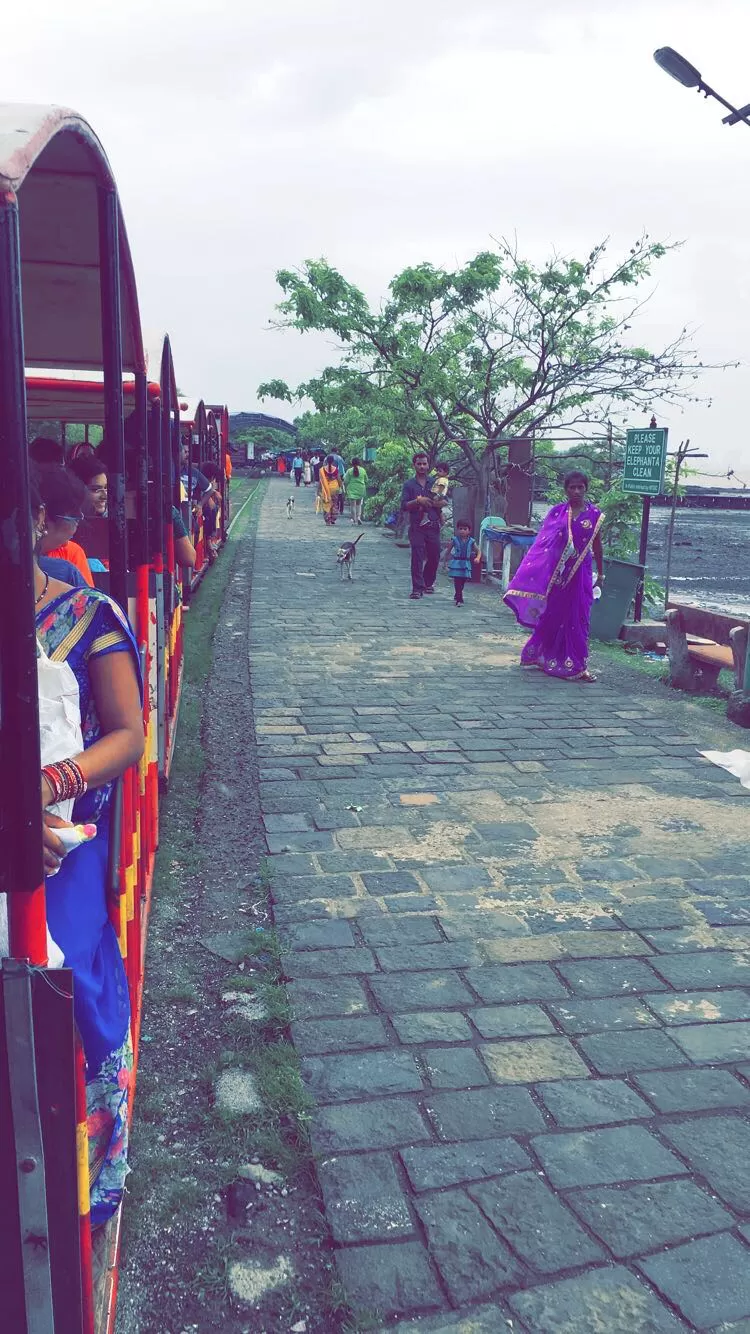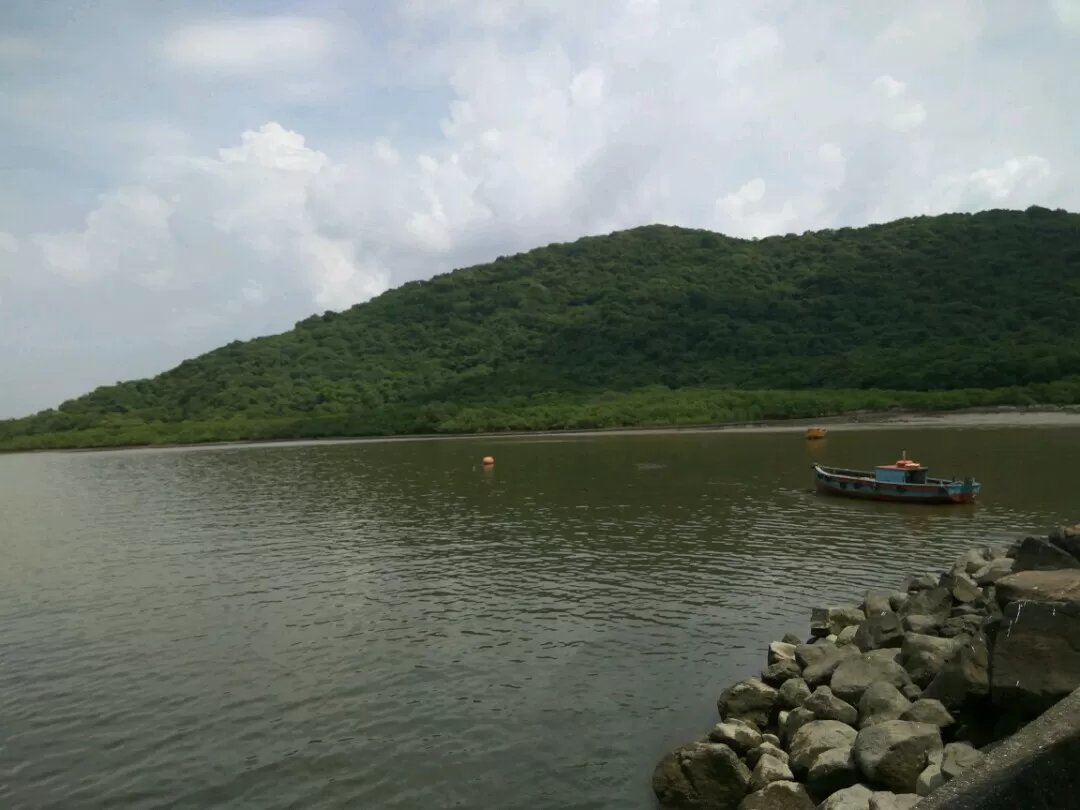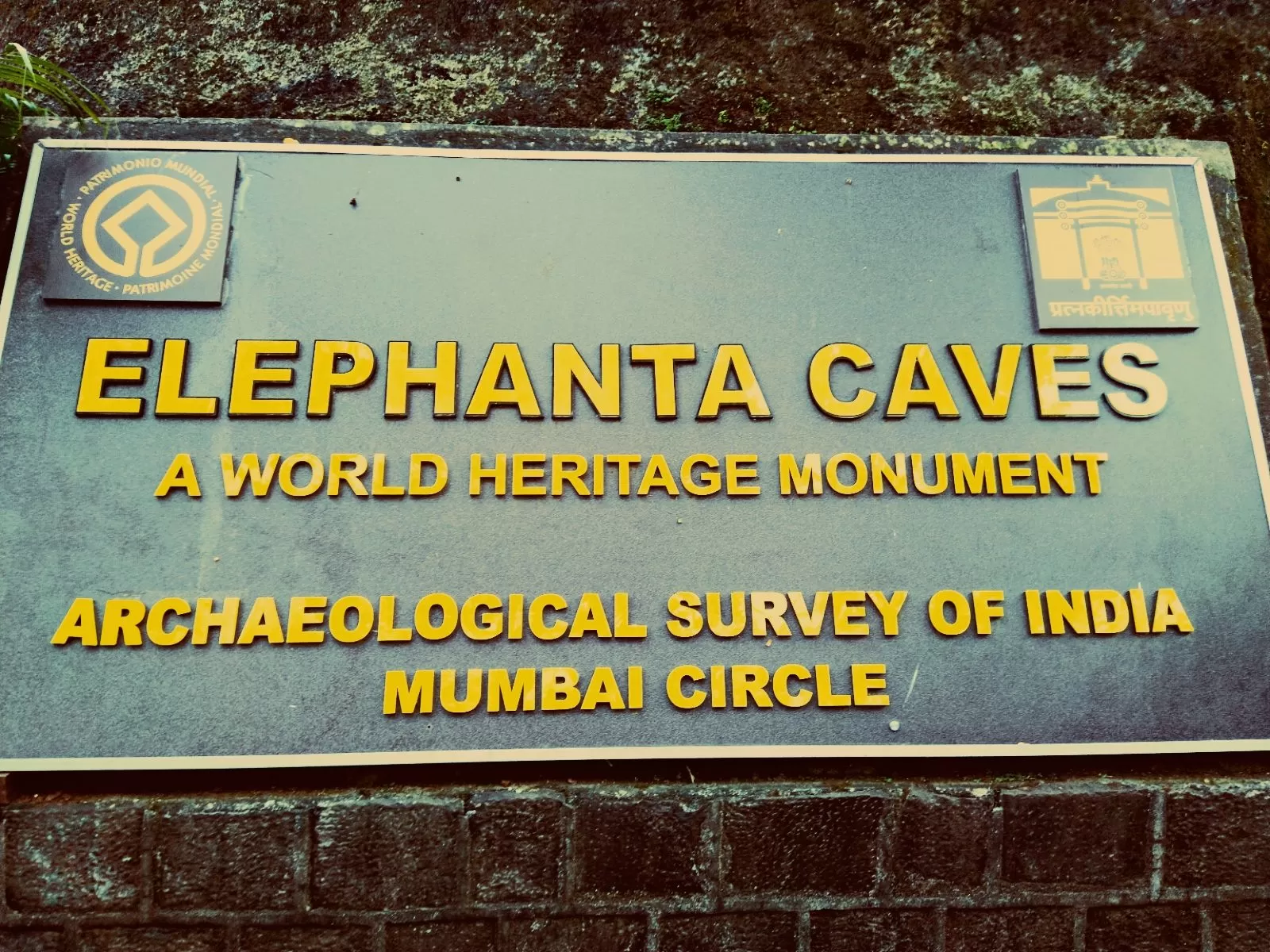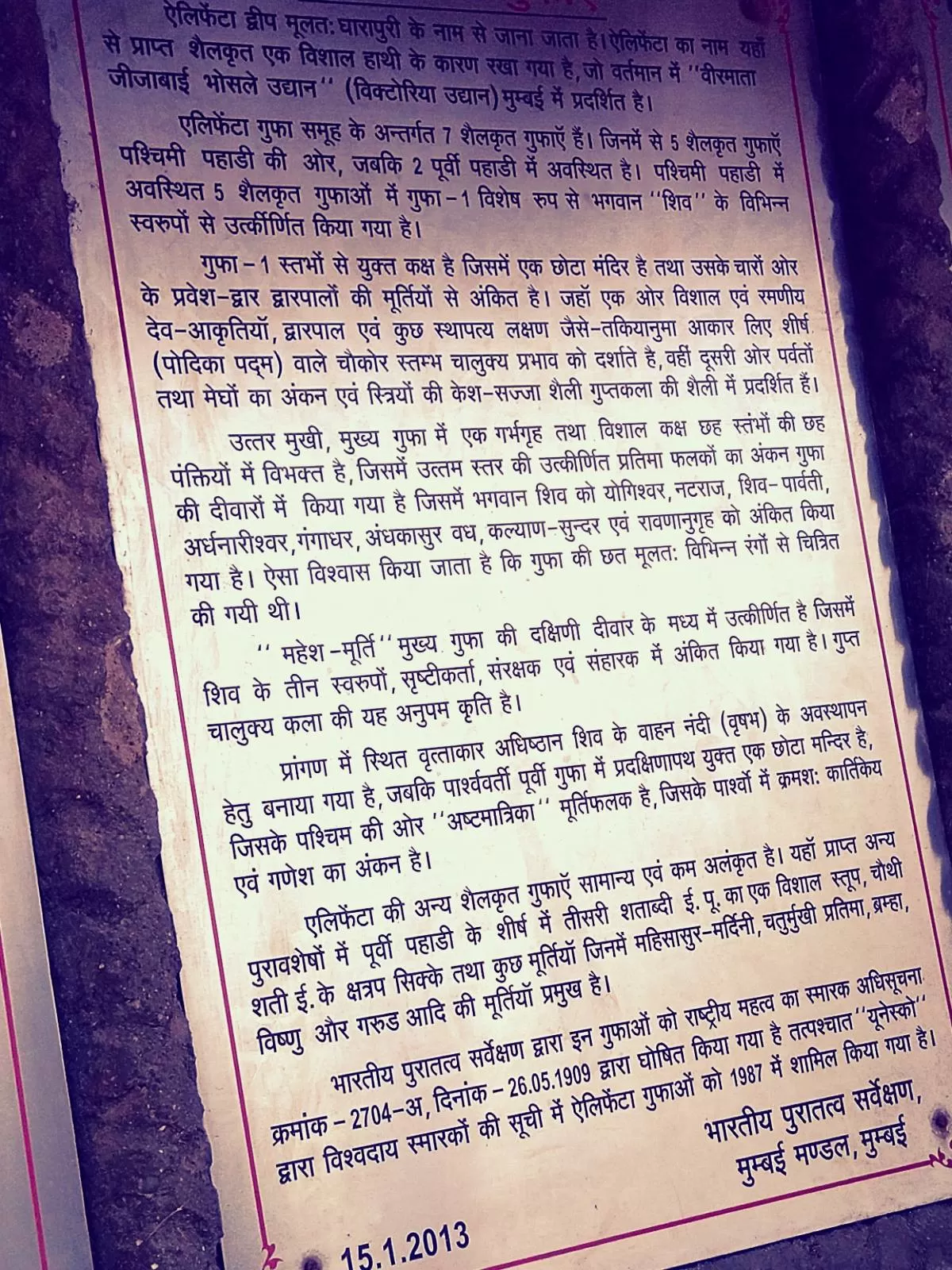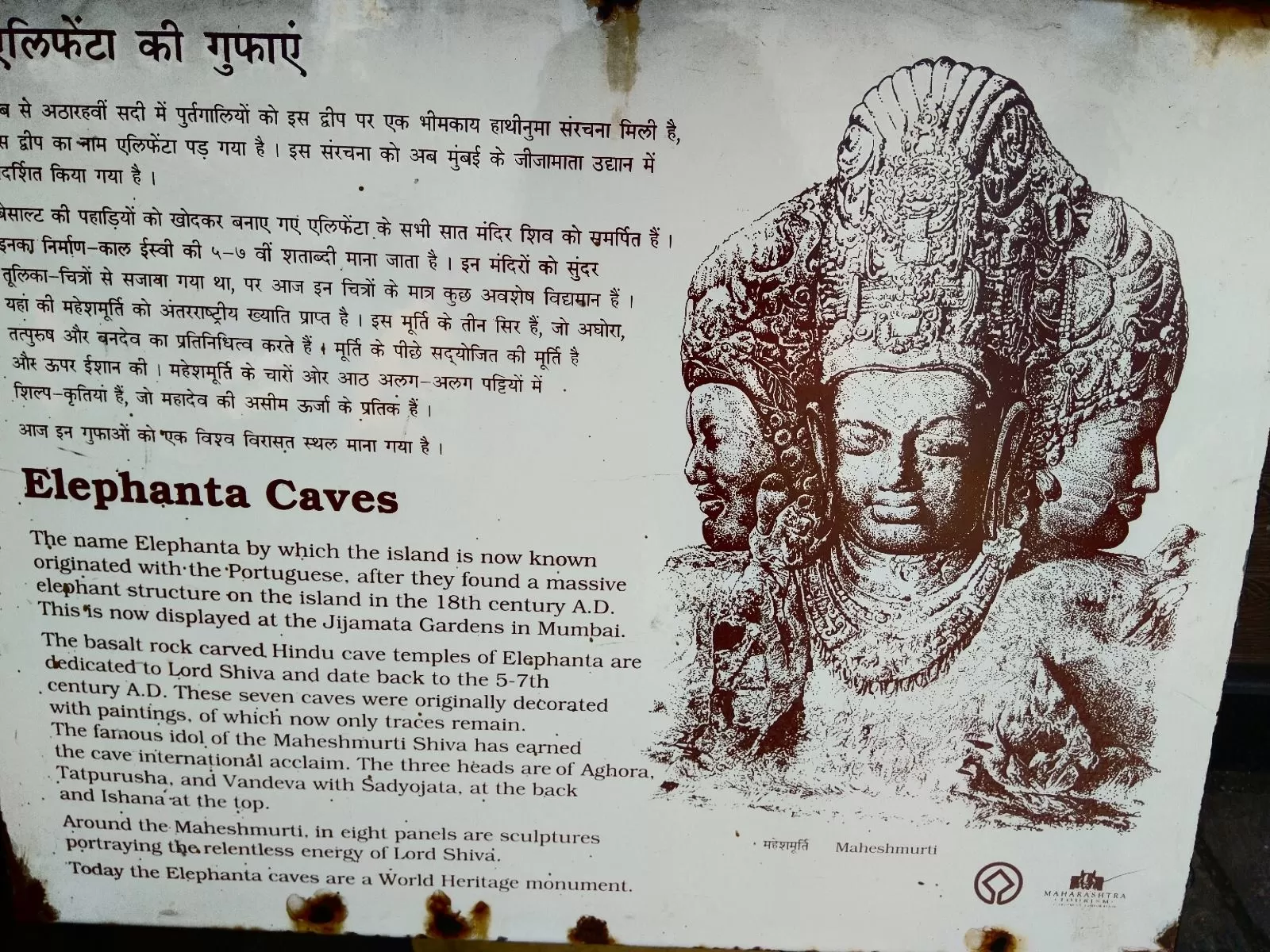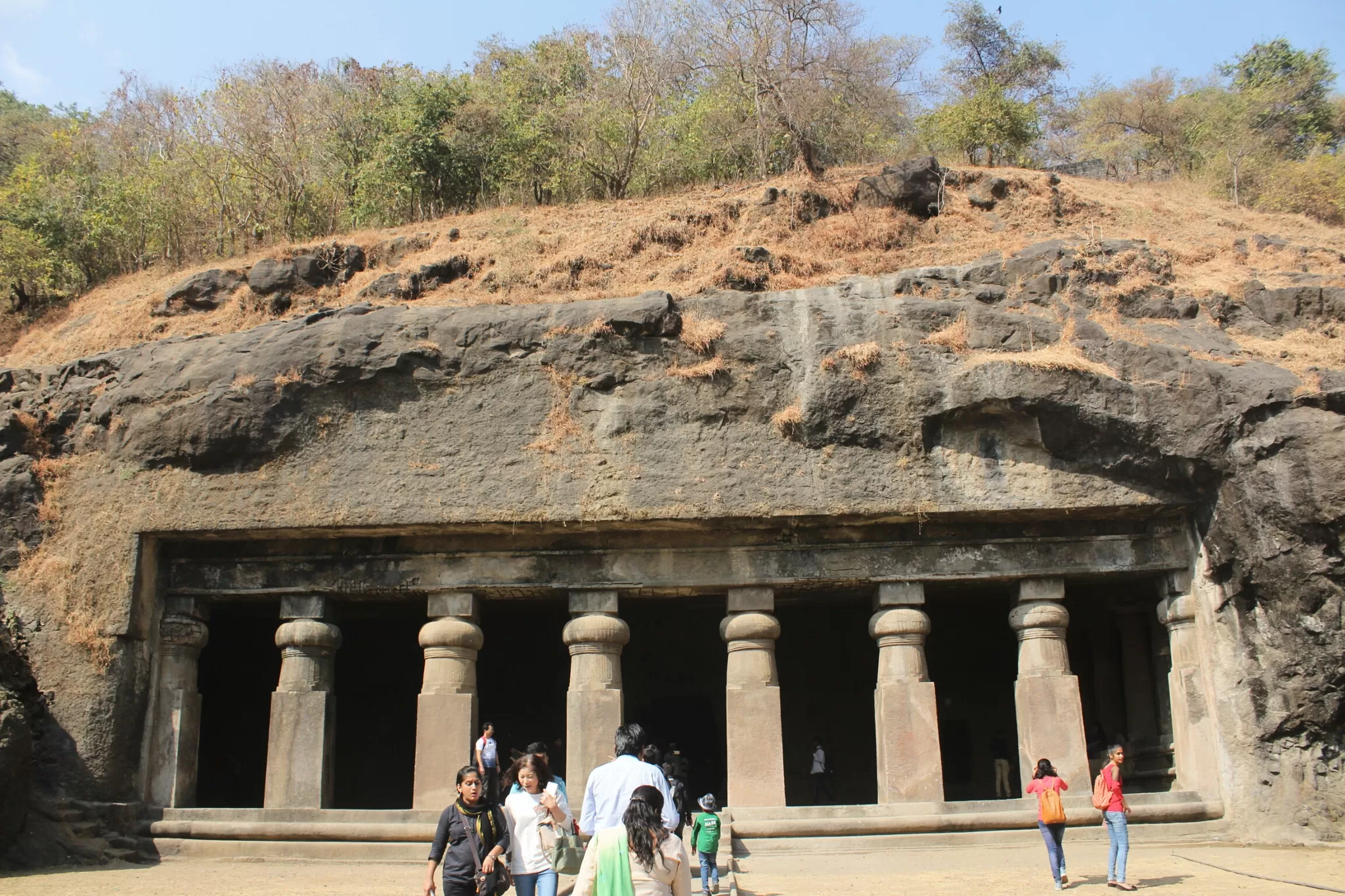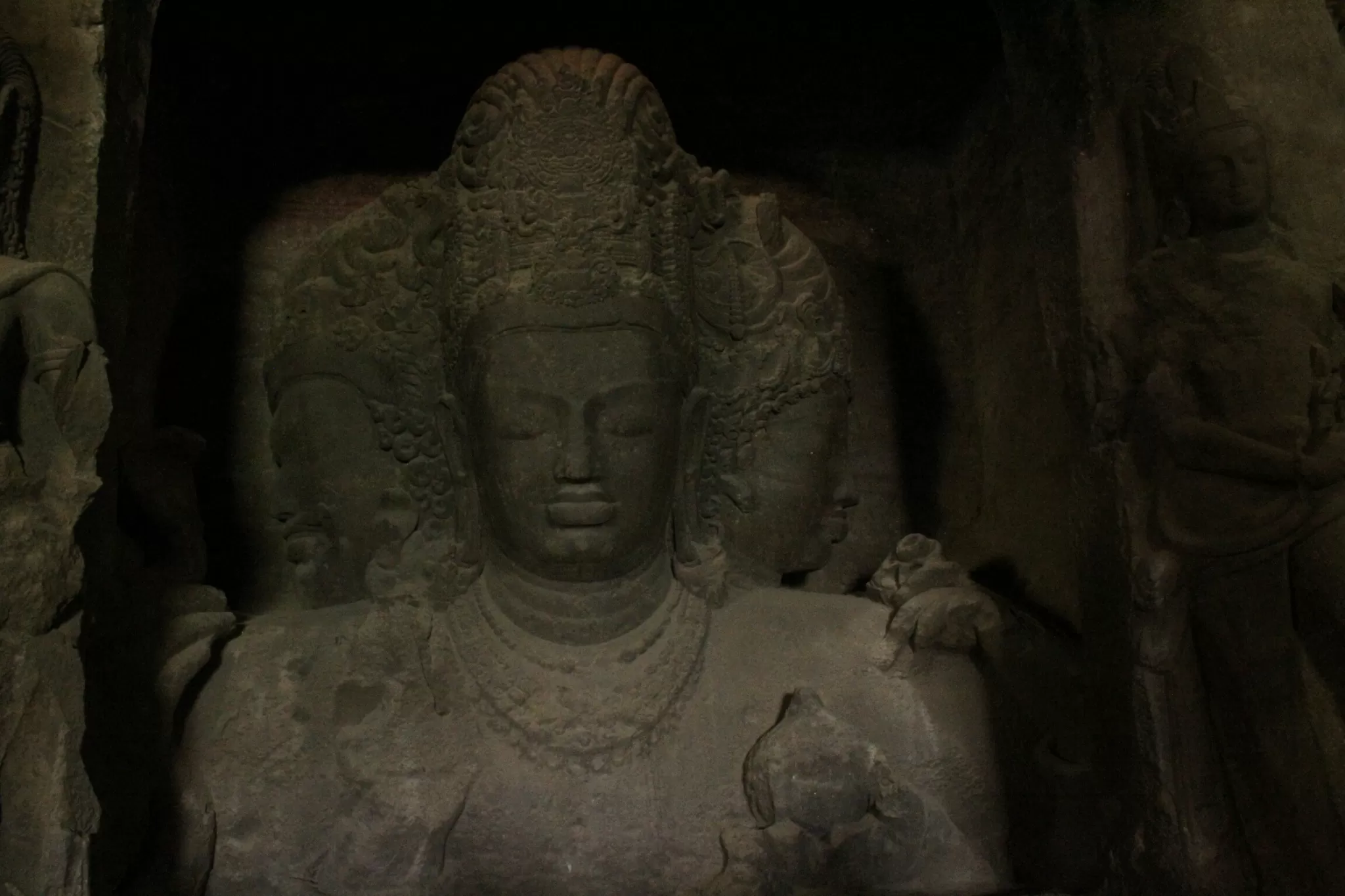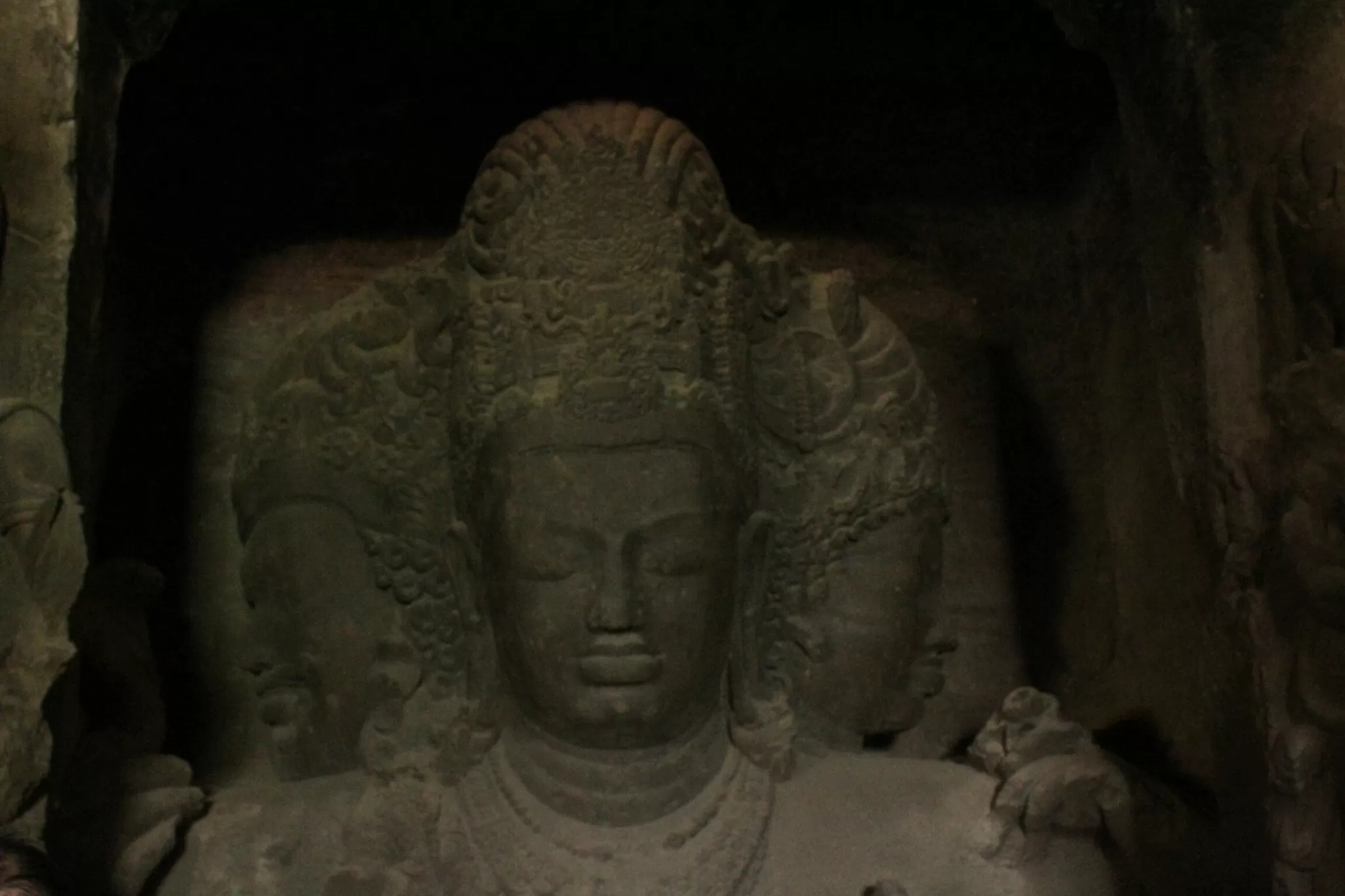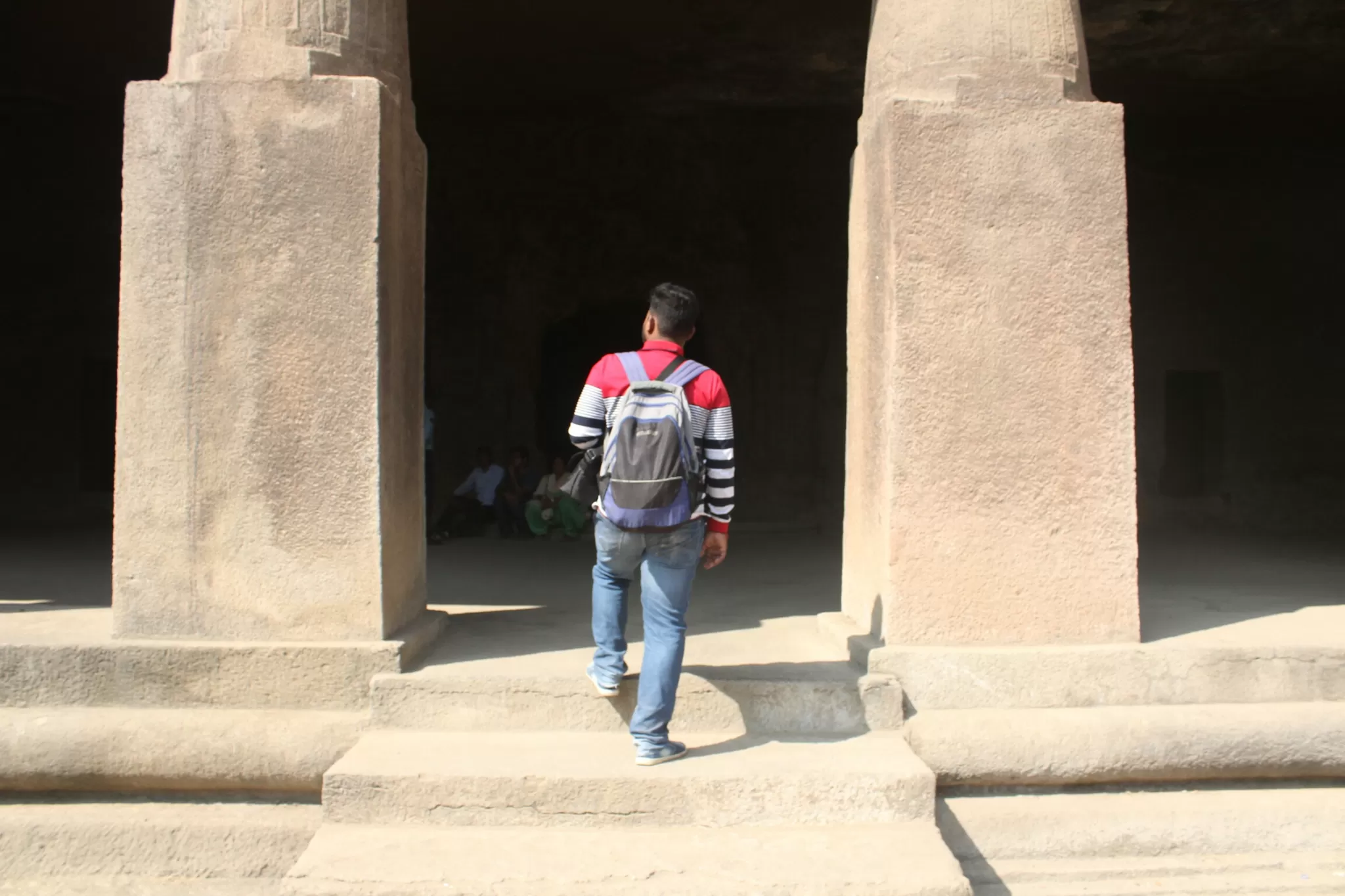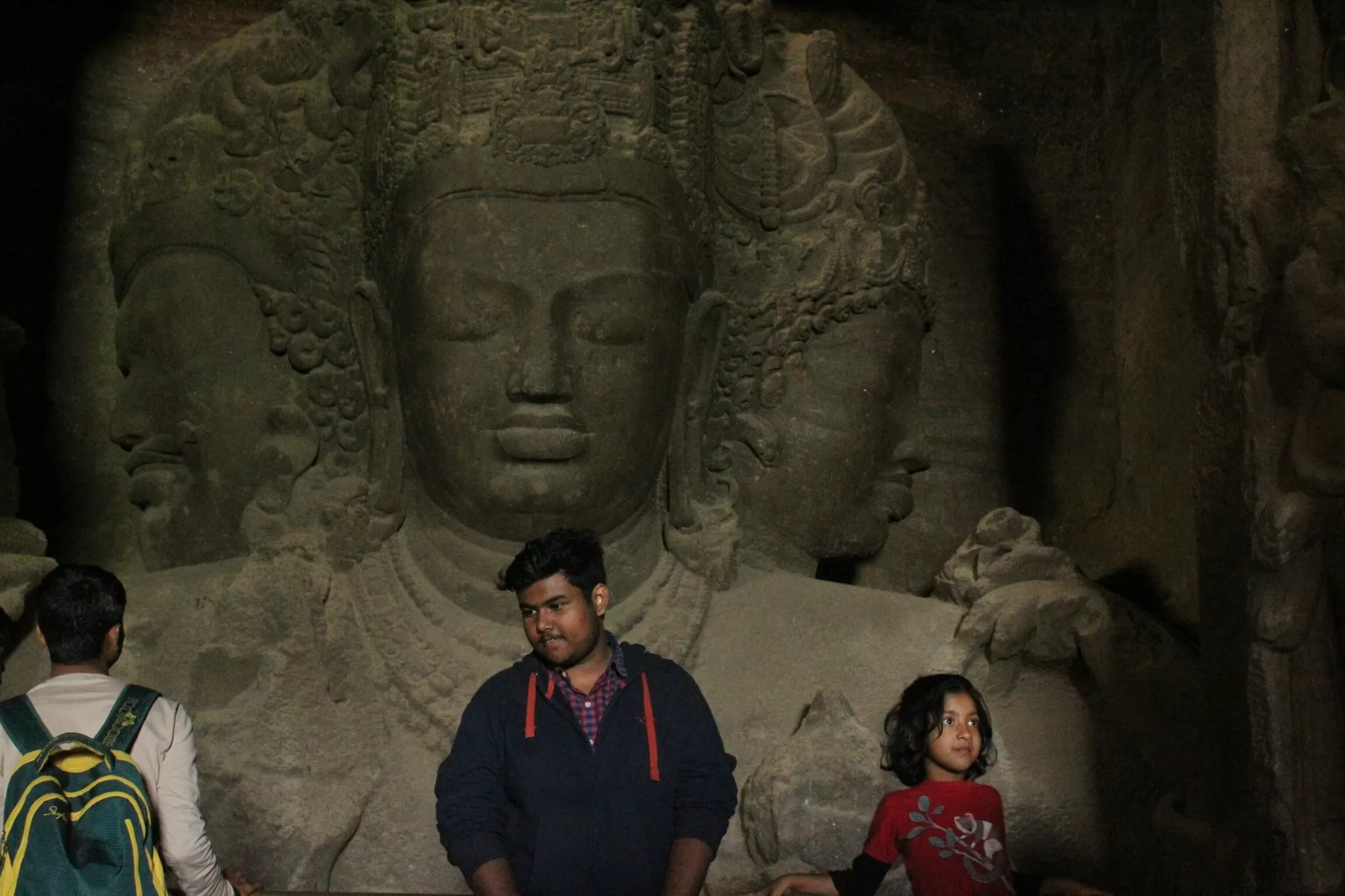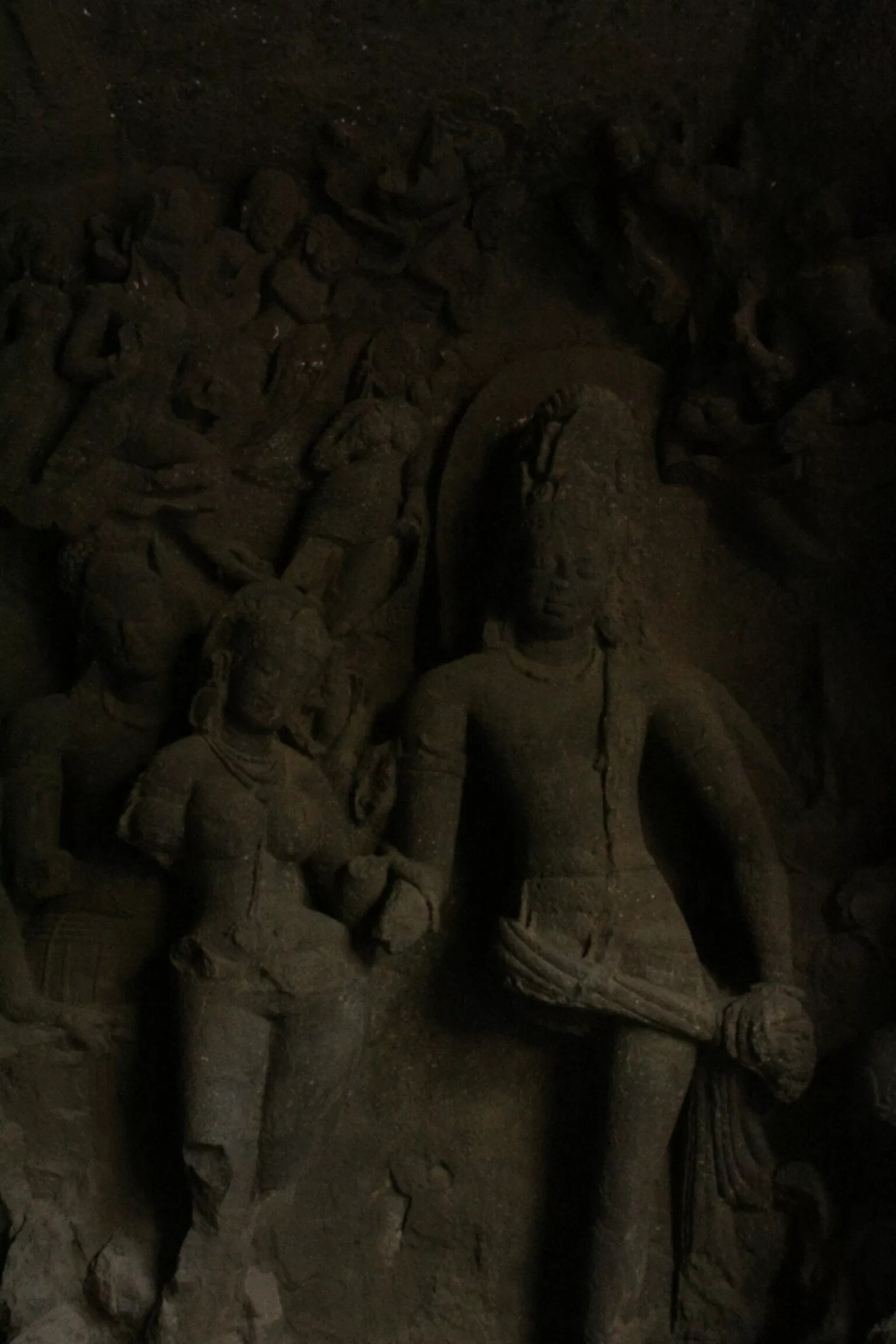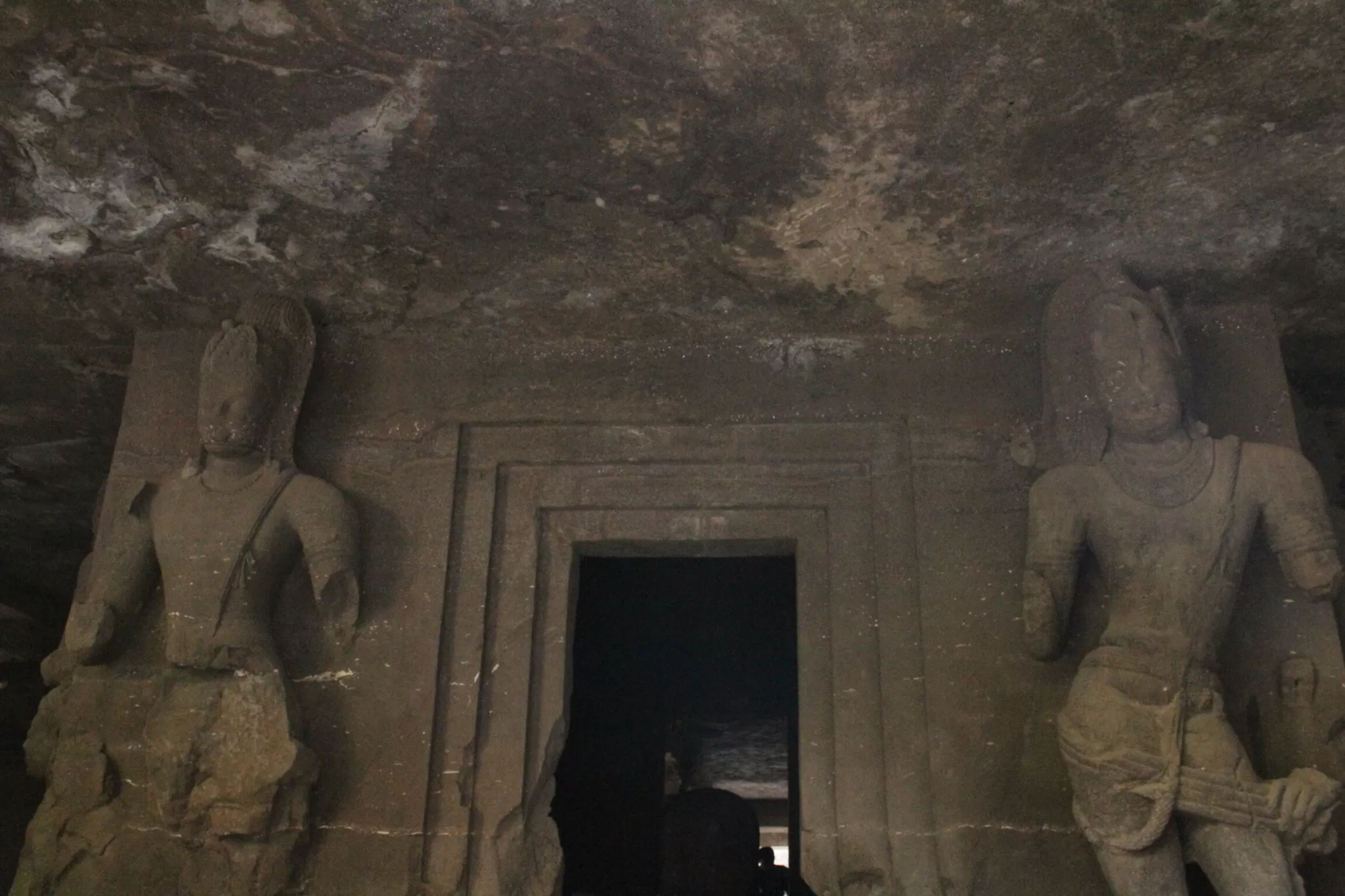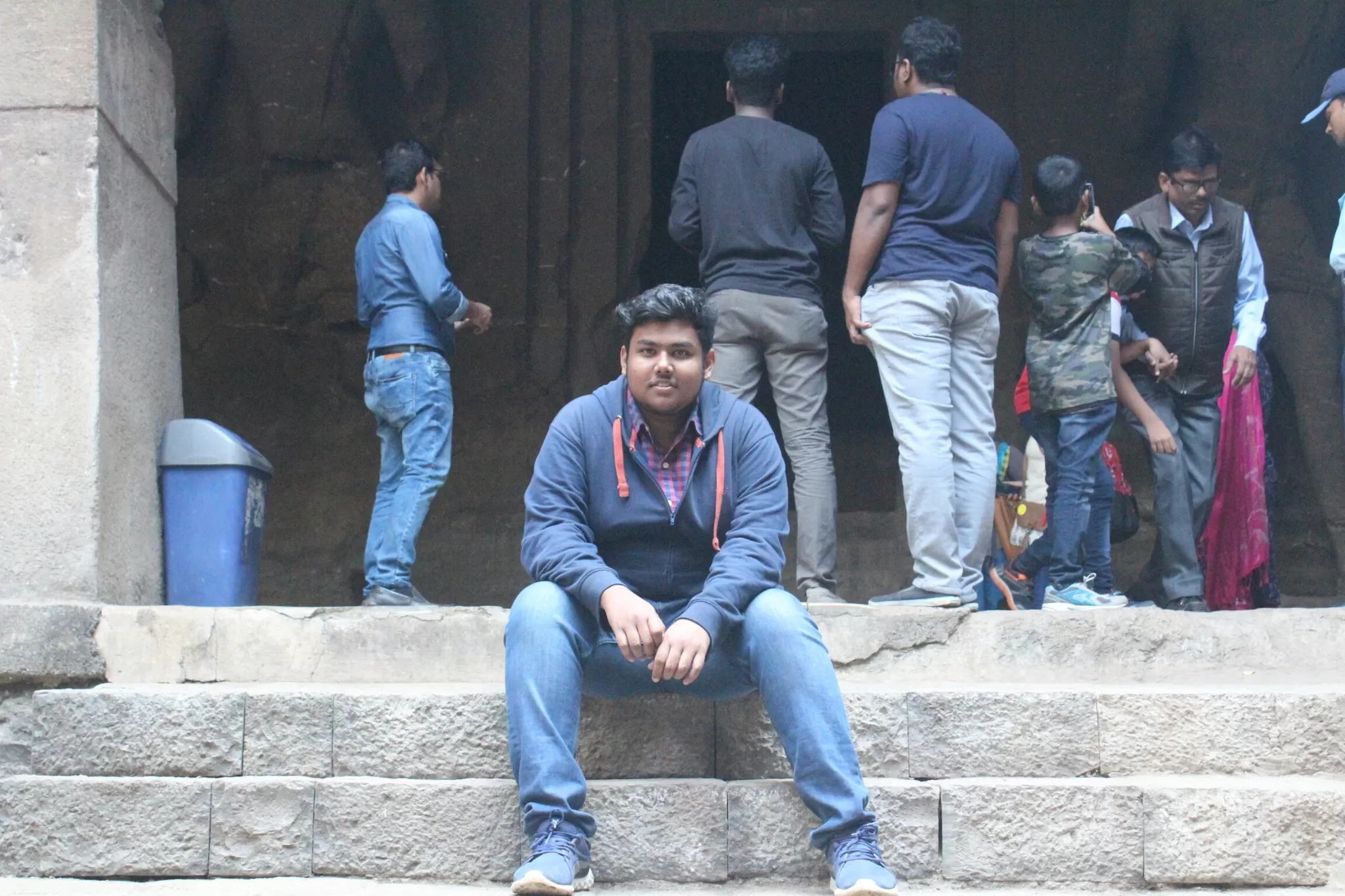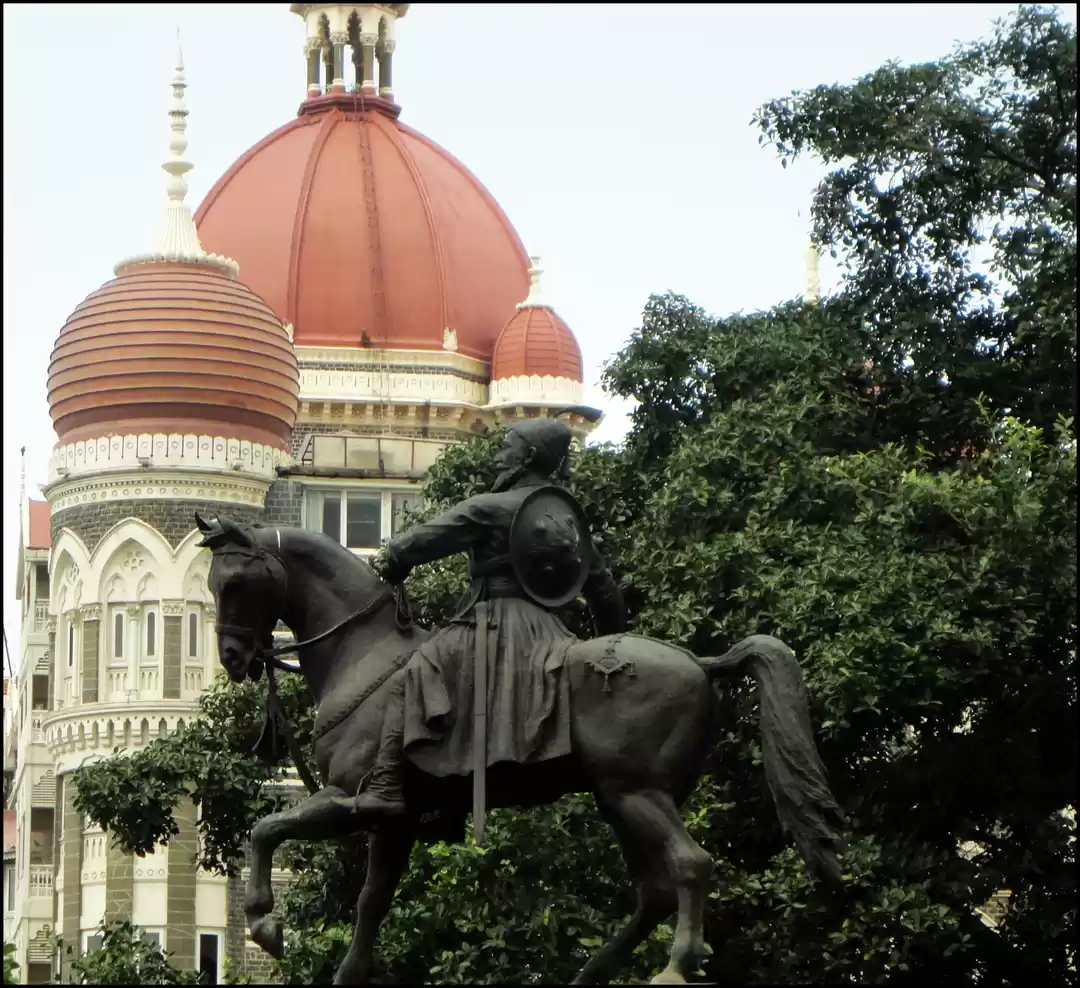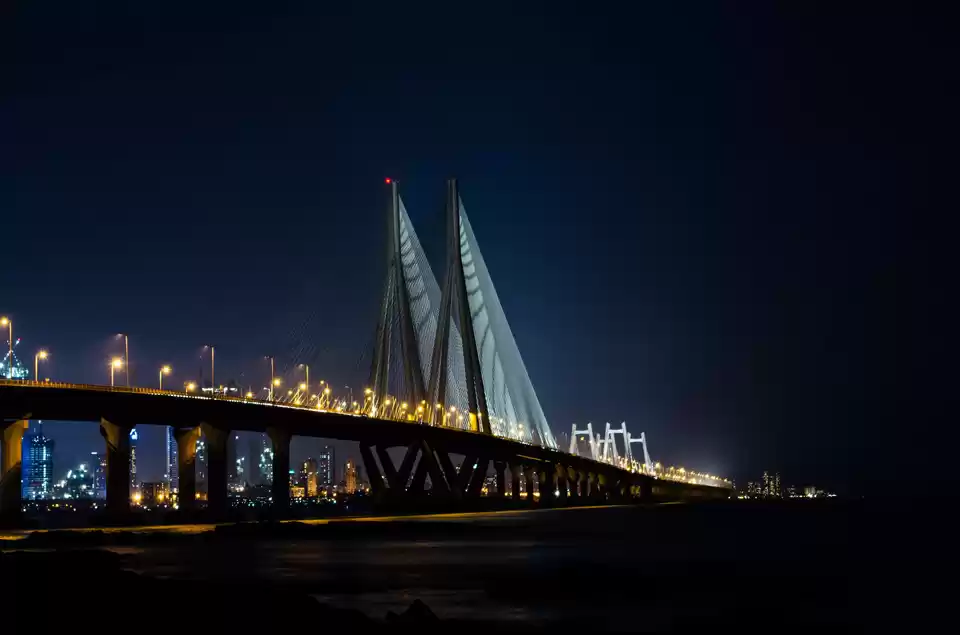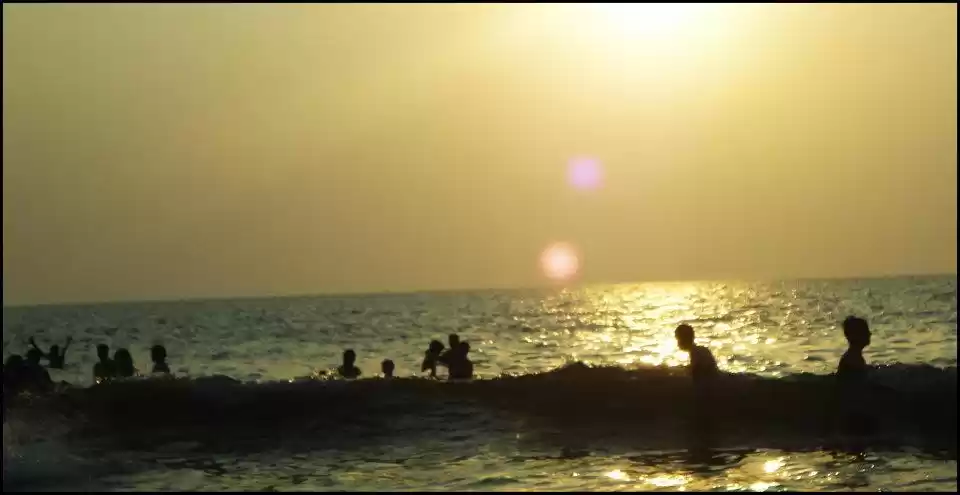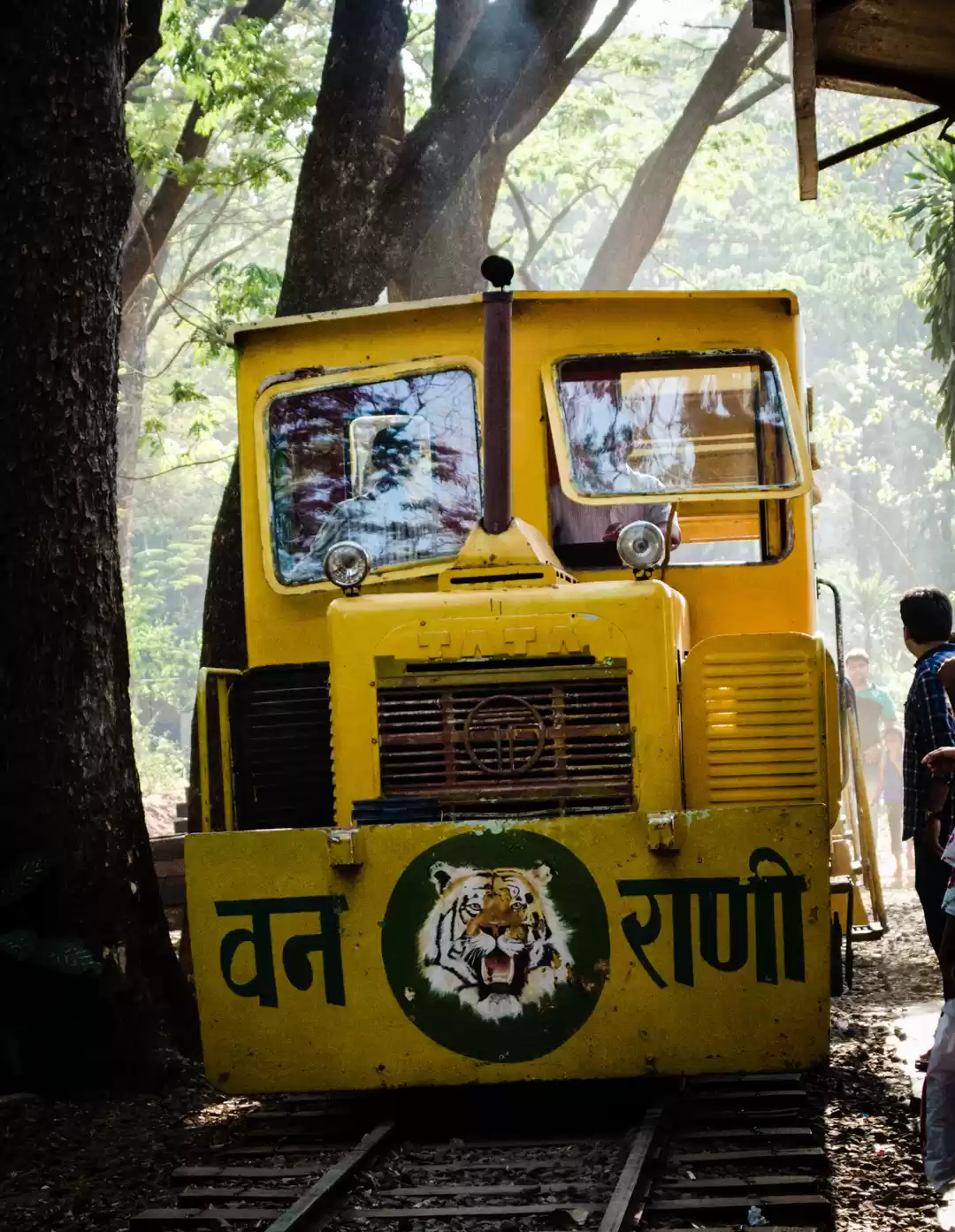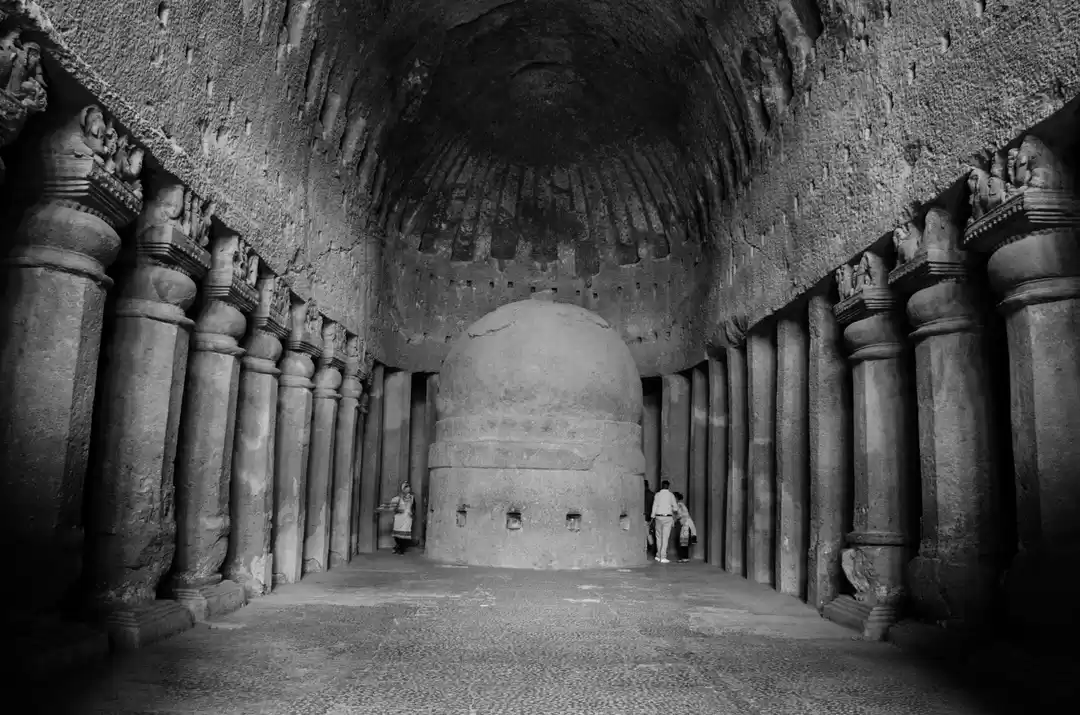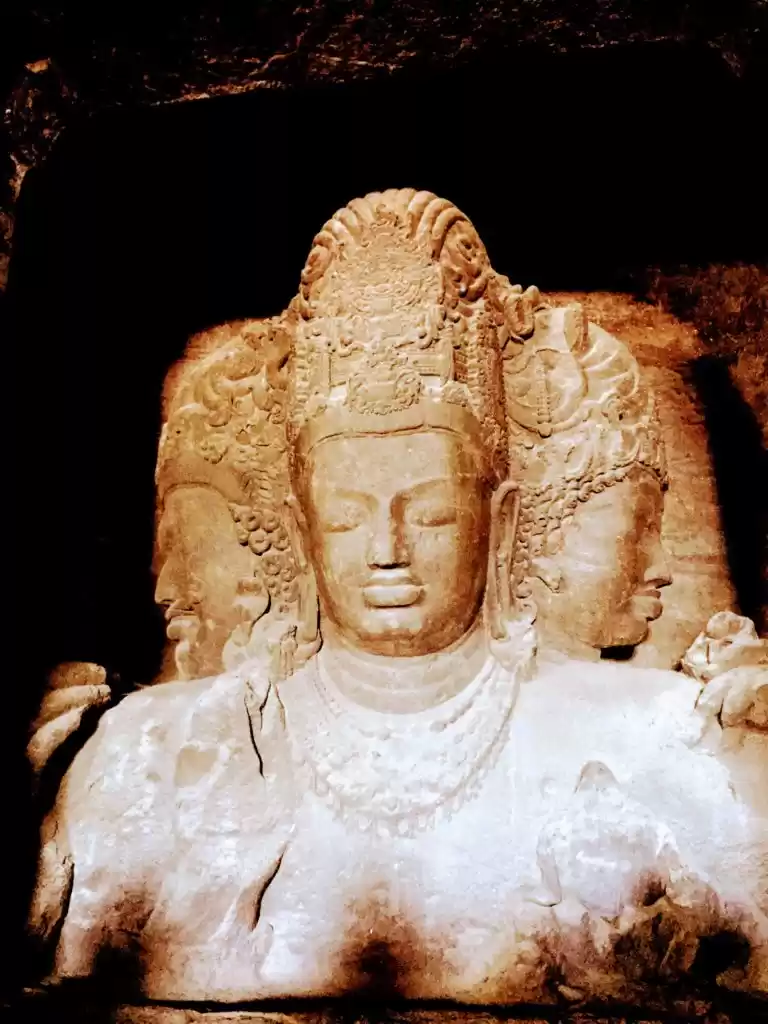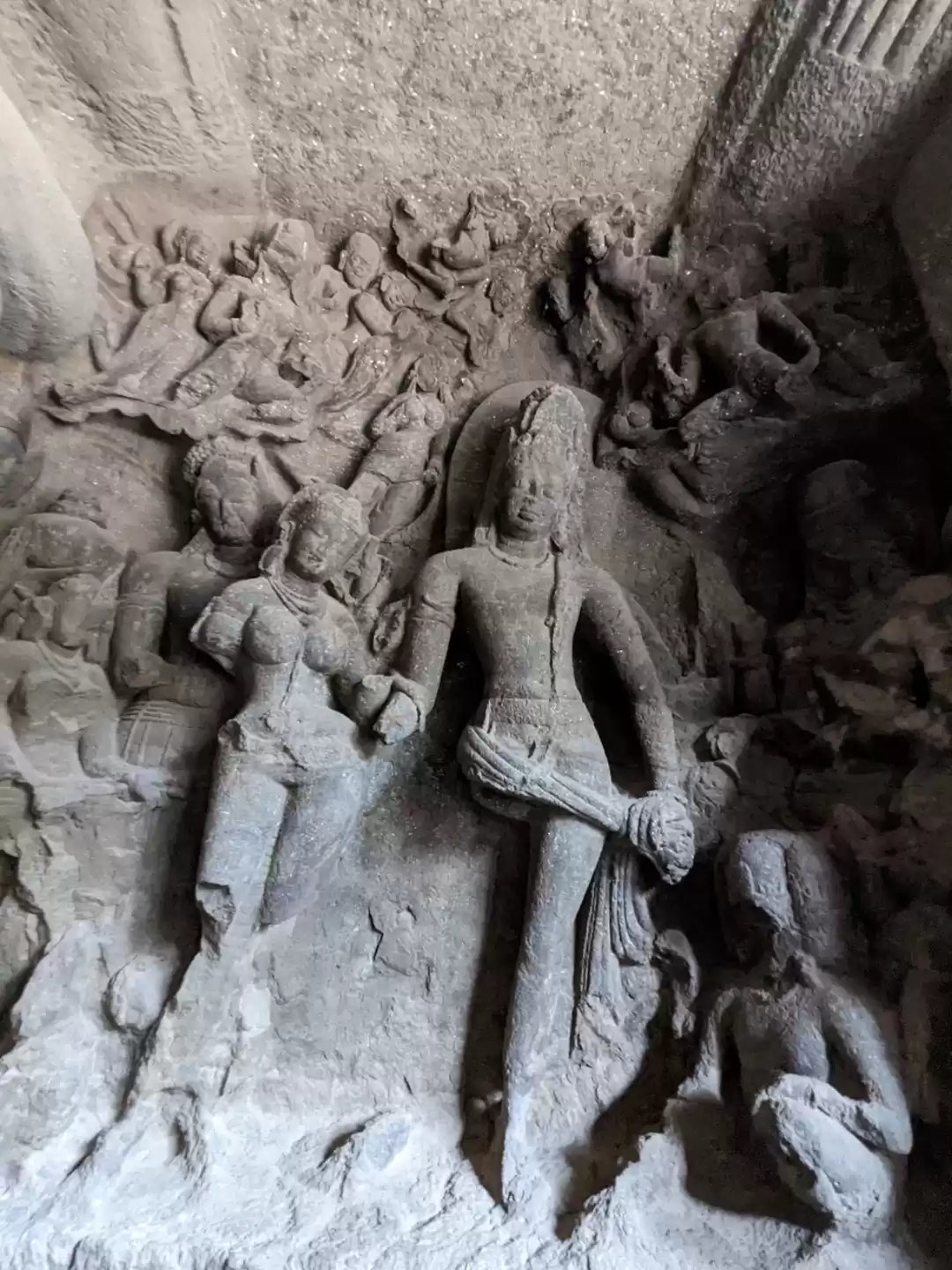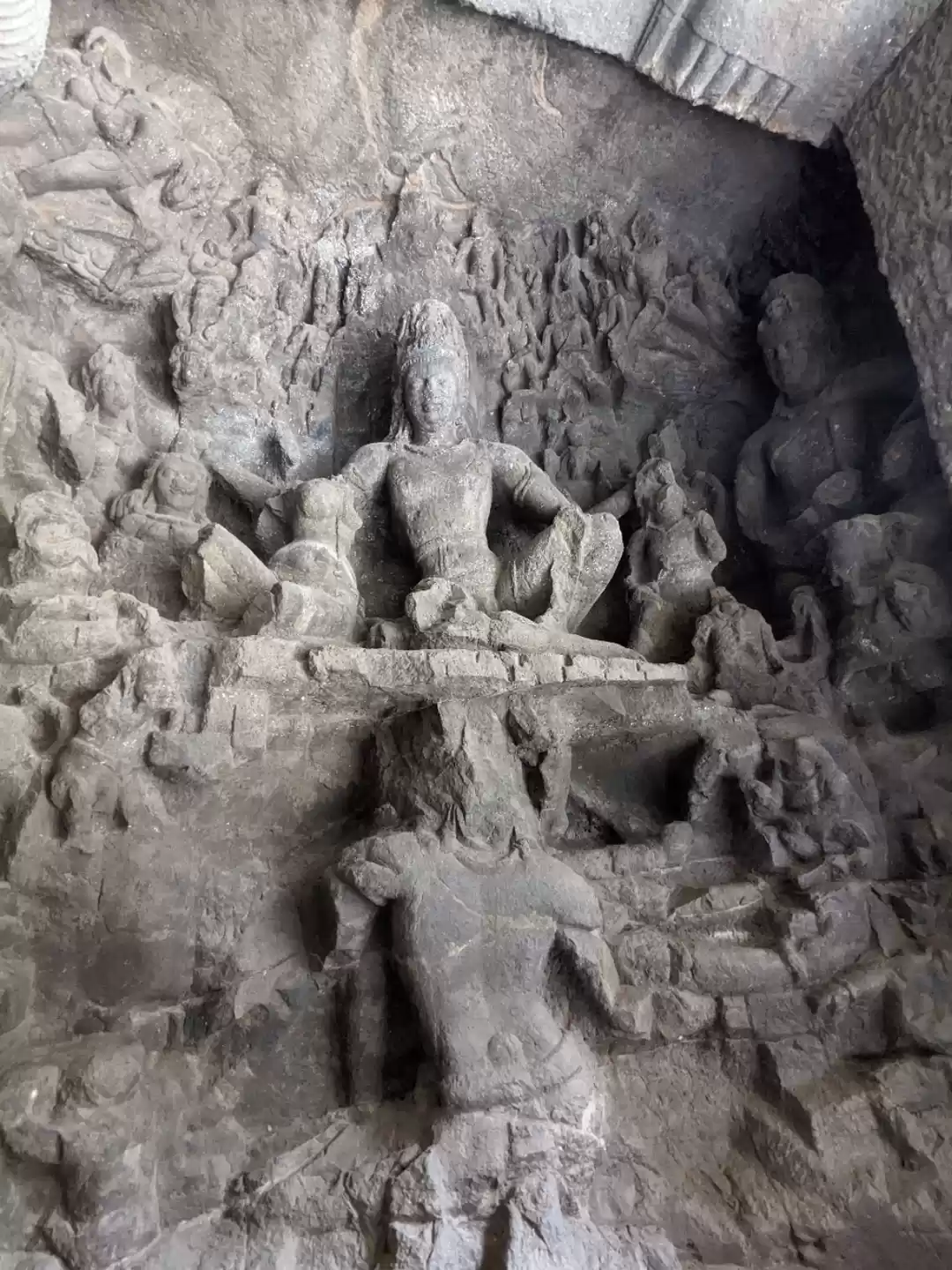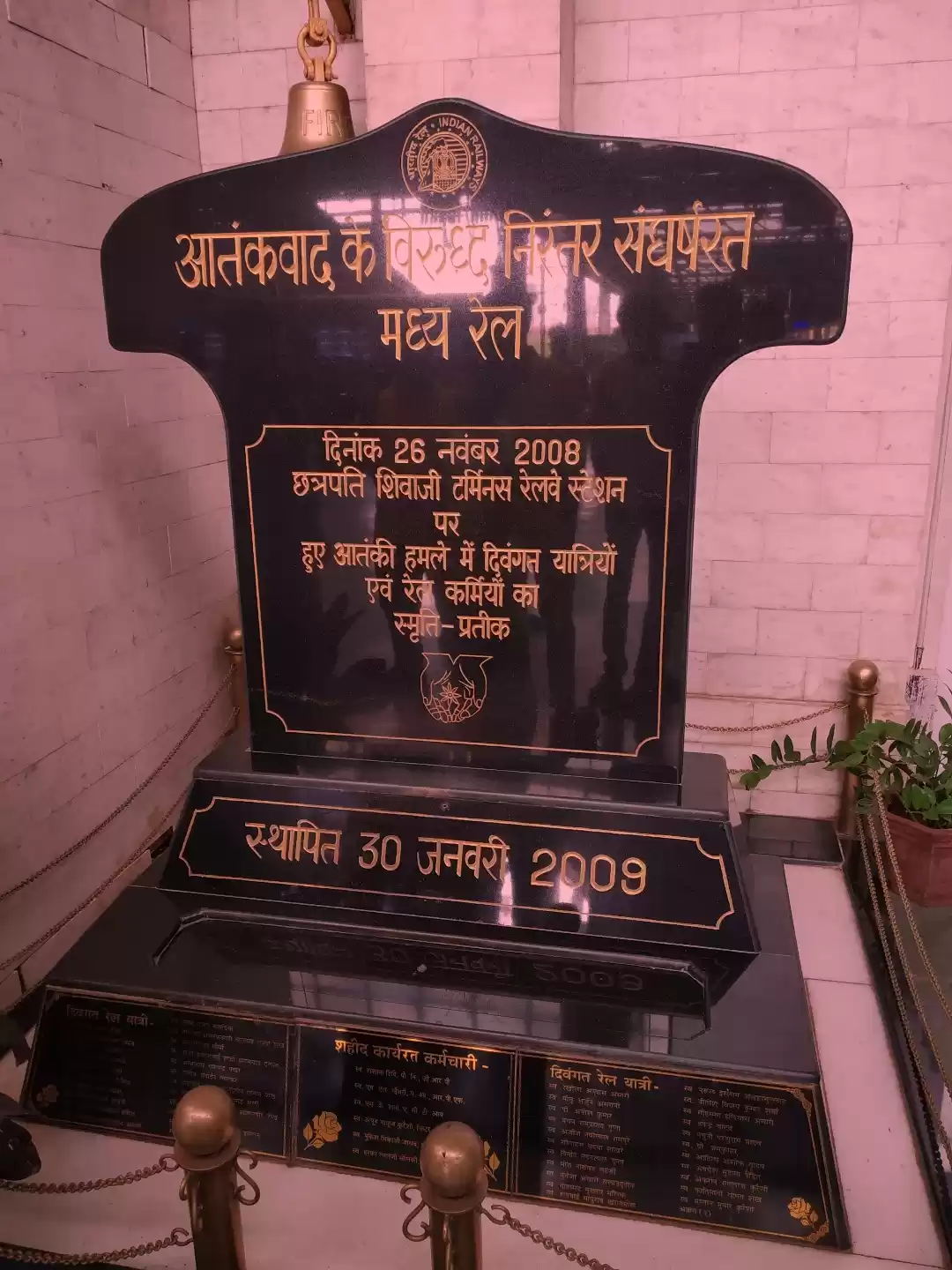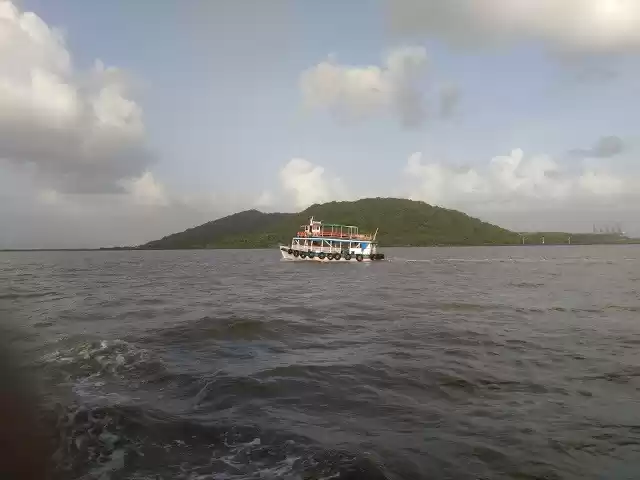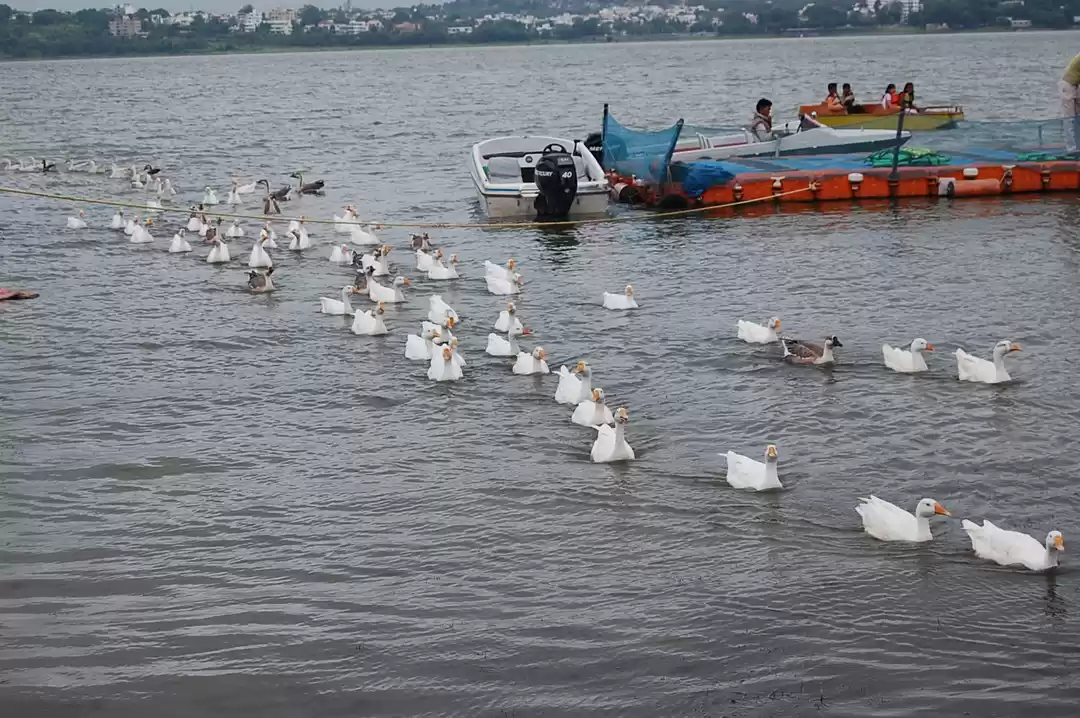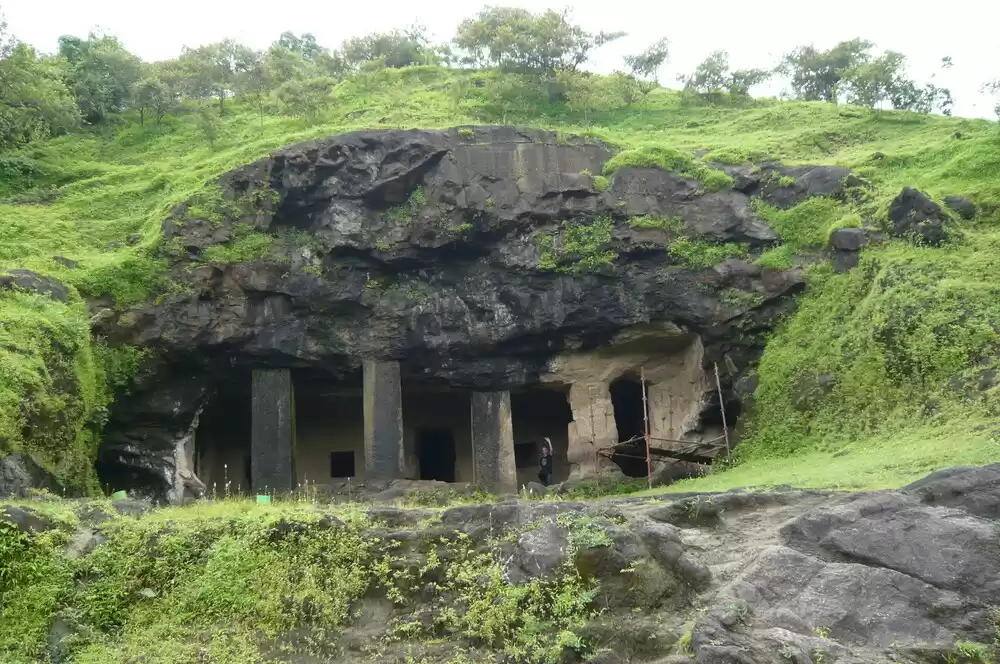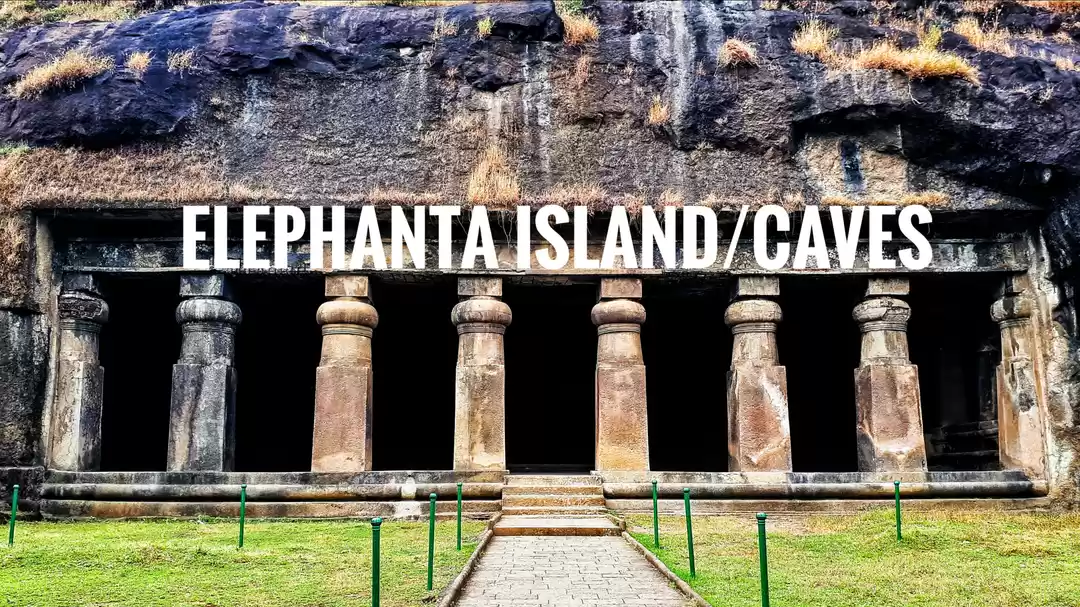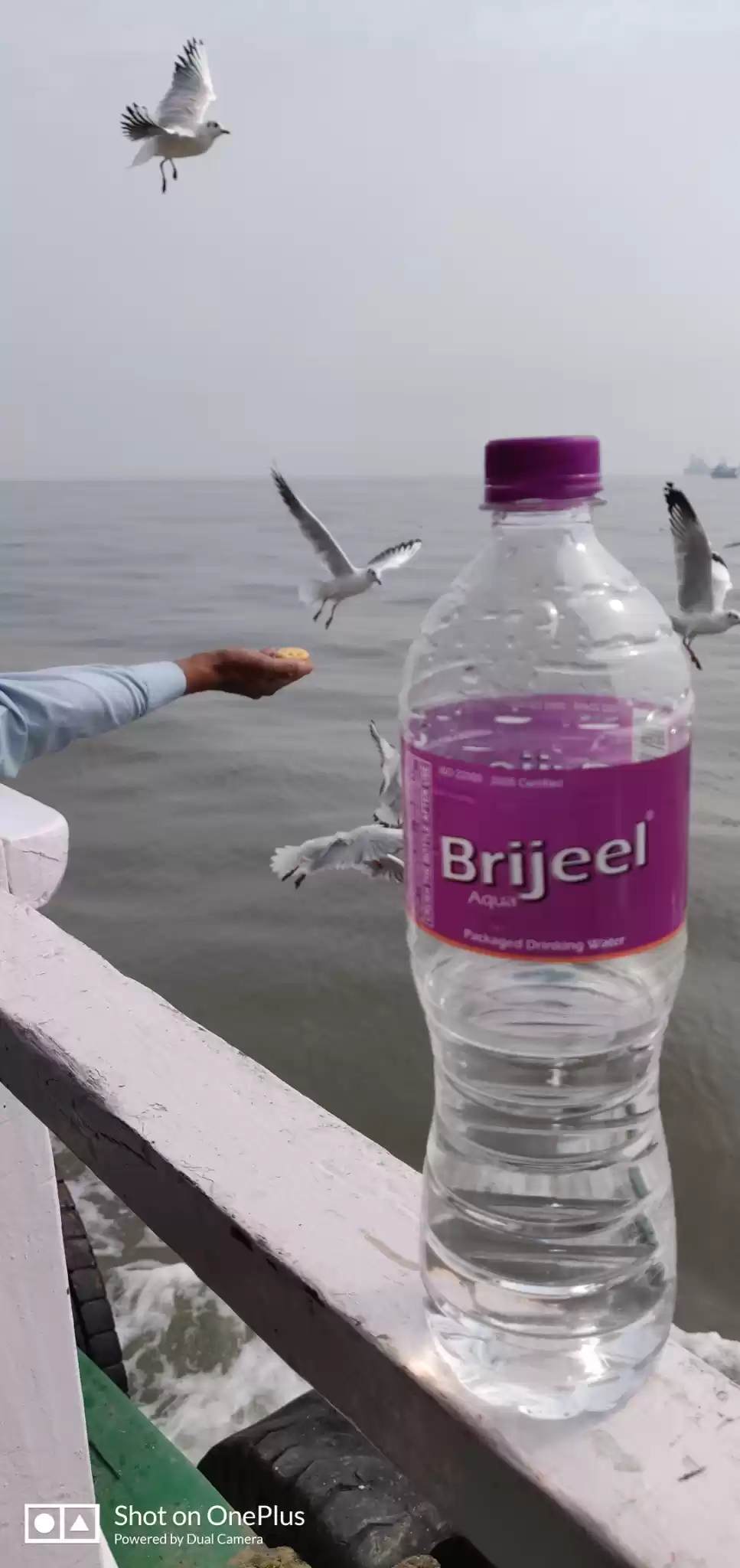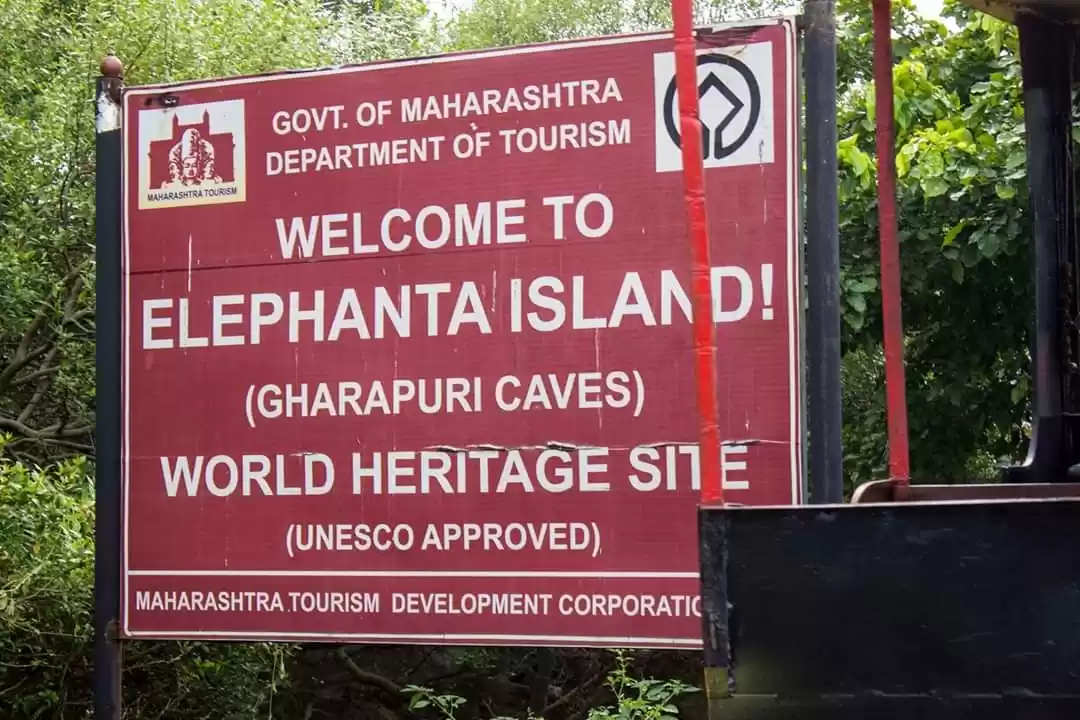Elephanta Caves in Mumbai are a UNESCO World Heritage Site and are renowned for their ancient rock-cut architecture, dating back to the 5th to 8th centuries CE. Primarily dedicated to Lord Shiva, one of the principal deities of Hinduism, the caves are located on Elephanta Island, which is accessible by a ferry ride from Mumbai.
One of the most impressive features of the Elephanta Caves is the large, monolithic sculptures of Shiva. The main cave, also known as the Great Cave or Cave 1, was a Hindu place of worship until the Portuguese arrived in the 16th century, after which the island ceased to be an active place of worship.
History Of Elephanta Caves

- The Elephanta Caves are believed to have been built between the 5th and 8th centuries CE by different dynasties and rulers. The origin and dating of the caves are still uncertain
- Some scholars suggest that the caves were built by the Kalachuri dynasty, while others attribute them to the Rashtrakuta dynasty or the Chalukya dynasty.
- The Elephanta Caves consist of two groups of caves: one group of five Hindu caves (Cave 1 to 5) and another group of two Buddhist caves (Cave 6 and 7).
- The Elephanta Caves suffered severe damage and destruction over time due to natural erosion and human intervention.
- The most notorious act of vandalism was committed by the Portuguese in the 16th century, who used the caves as a target practice for their cannons and rifles.
- The caves were declared a UNESCO World Heritage Site in 1987, in recognition of their outstanding universal value.
Must Read: 12 Romantic Places For Couples In Mumbai
Boat Ride to Elephanta Caves

- The boat ride begins at the Gateway of India, one of Mumbai's most iconic landmarks.
- Visitors can purchase tickets for the ferry at the ticket counters located near the jetty.
- The ferry ride takes approximately 1 hour each way, providing stunning views of the Mumbai skyline and the Arabian Sea.
- Ferries are generally spacious and equipped with seating, although it's advisable to arrive early to secure a good spot.
- The journey to Elephanta Island, where the caves are located, is pleasant and offers a refreshing sea breeze.
- Upon reaching Elephanta Island, visitors can either walk or take a toy train to reach the entrance of the caves.
- The return ferry from Elephanta Island to the Gateway of India operates until late afternoon, allowing visitors to plan their visit accordingly.
Main Attractions Inside Elephanta Caves

Main Cave (Cave 1): Dedicated to Lord Shiva, the largest and most impressive cave.
Houses a 20-foot-tall Sadashiva sculpture depicting Shiva's three aspects.
Intricate carvings depict mythological stories from the Ramayana and Mahabharata.
Trimurti Sadashiva Sculpture: Represents Brahma (creator), Vishnu (preserver), and Rudra (destroyer) aspects of Shiva.
Unique depiction of Shiva's three faces in one form.
Gangadhara Panel: Depicts the descent of the river Ganga to earth, with Shiva catching Ganga in his hair.
Ardhanarishvara Sculpture: Depicts Shiva and Parvati in a single form, symbolizing unity of opposites.
Other Caves: Several smaller caves on the island with sculptures and carvings, though less elaborate than the main cave.
Stupa and Courtyard: Area near the main cave used for religious ceremonies.
Offers a peaceful space to relax and soak in the spiritual atmosphere.
Customize your own Mumbai Tour Package with Tripoto
Things To Do In Elephanta Caves

- Explore ancient rock-cut caves dating back to the 5th to 8th centuries CE, showcasing Hindu and Buddhist art and architecture.
- Marvel at the intricate carvings, sculptures, and pillars that adorn the caves, depicting stories from Hindu mythology and the life of Buddha.
- Discover the religious significance of the caves, dedicated to Lord Shiva and Buddha, reflecting the religious diversity of ancient India.
- Explore the layout of the caves, which typically include a main hall (mandapa), a sanctum (garbhagriha), and subsidiary shrines or cells.
- Admire iconic sculptures like the Trimurti Sadashiva (depicting Shiva as creator, preserver, and destroyer) and the Ardhanarishvara (depicting Shiva and Parvati as one)
- Opt for a guided tour to learn about the history, architecture, and significance of the caves from knowledgeable guides.
- Explore local shops for souvenirs and handicrafts, and enjoy a meal at nearby eateries offering local cuisine.
Must Read: Travel to these hidden beaches in Mumbai for a worthwhile trip
Architecture Of Elephanta Caves

Main Cave (Cave 1 - Shiva Cave): Also known as the Great Cave or Shiva Cave, is the largest and most elaborate among the Hindu caves.
It measures about 39 meters long, 22 meters wide, and 7 meters high, with four entrances leading to a spacious hall with four rows of pillars.
The hall contains sculptures and carvings related to Shiva, with the main sanctum housing a linga, symbolizing Shiva’s energy.
The Trimurti sculpture depicts Shiva as Brahma, Vishnu, and Rudra, showcasing his cosmic role.
The Ardhanarishvara sculpture represents Shiva as half-male and half-female, symbolizing duality and harmony in nature.
Other Hindu Caves (Cave 2 to 5): Smaller and simpler than Cave 1 but contain interesting shrines and carvings of Shiva and other deities.
Cave 2 has a large hall with a linga and sculptures of Kartikeya and Ganesha.
Cave 3 has sculptures of Durga and Saptamatrikas.
Cave 4 and 5 are incomplete but have traces of sculptures and carvings.
Buddhist Caves (Cave 6 and 7): Located at the eastern end of the island, much older and simpler than the Hindu caves, dating back to the 2nd century BCE.
Feature stupas, water tanks, and cisterns, indicating their use for monastic purposes.
Must Readt: Elephanta Caves - A perfect one day trip from Mumbai
Best Hotels to Stay Near Elephanta Caves
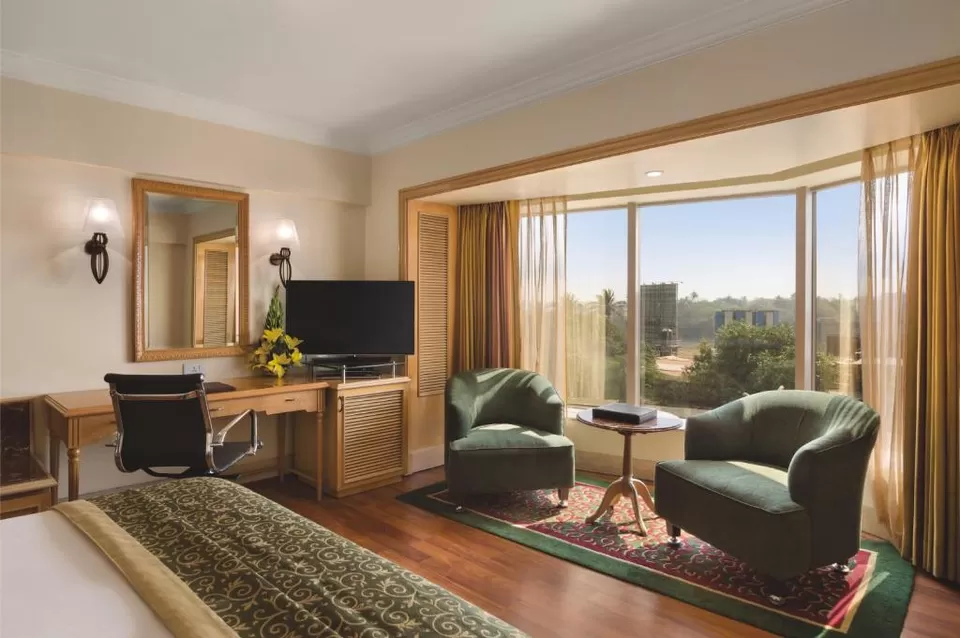
Ramada Plaza by Wyndham Palm Grove: This is a 5-star hotel located on Juhu Beach, about 18.7 km from Elephanta Caves. The hotel offers spacious rooms with sea views, a swimming pool, a spa, a fitness center, and multiple dining options. The nightly tariff for this hotel is INR 8,000 for a deluxe room with breakfast included.
ITC Grand Central, Mumbai - a Luxury Collection Hotel: This is another 5-star hotel located in Parel, about 10.5 km from Elephanta Caves. The hotel features elegant rooms with city views, an outdoor pool, a wellness center, a business center, and several restaurants and bars. The nightly tariff for this hotel is INR 9,500 for an executive club room with breakfast included.
Taj Lands End, Mumbai: This is a 5-star hotel located in Bandra West, about 14.8 km from Elephanta Caves. The hotel boasts of luxurious rooms with Arabian Sea views, a landscaped pool, and a spa. The nightly tariff for this hotel is INR 12,000 for a deluxe sea view room with breakfast included.
The Oberoi Mumbai: This is a 5-star hotel located in Nariman Point, about 12.4 km from Elephanta Caves. The hotel offers contemporary rooms with bay views, an indoor pool, a spa, a fitness center, and several fine dining and lounge options. The nightly tariff for this hotel is INR 15,000 for a luxury room with breakfast included.
Trident Hotel: This is a 5-star hotel located in Nariman Point, about 12.3 km from Elephanta Caves. The hotel provides modern rooms with sea views, an outdoor pool, a spa, a fitness center, and multiple dining and bar options. The nightly tariff for this hotel is INR 10,000 for a superior sea view room with breakfast included.
Places To Visit Near Elephanta Caves

Gateway of India: Located in South Mumbai, the Gateway of India was built in 1924, and was originally constructed to commemorate the visit of King George V and Queen Mary to Mumbai.
Colaba Causeway: Colaba Causeway is a bustling street in South Mumbai known for its shops, cafes, and street food stalls. It is a popular shopping destination, offering a wide range of items including clothing, accessories, and souvenirs.
Marine Drive: Also known as the "Queen's Necklace" due to its curved shape and row of street lights, Marine Drive is a popular spot for locals and tourists alike to enjoy a leisurely walk and soak in the views of the sea.
Haji Ali Dargah: Located on a small islet in the Arabian Sea, Haji Ali Dargah is a mosque and tomb that is accessible via a causeway. The dargah is dedicated to the memory of a Muslim saint and is a popular pilgrimage site for people of all faiths.
Jehangir Art Gallery: Established in 1952, the Jehangir Art Gallery is one of Mumbai's premier art galleries. The gallery showcases works by both Indian and international artists and hosts regular exhibitions and events.
Opening Hours & Entry Fees Of Elephanta Caves

- Elephanta Caves are open from 9:00 AM to 5:30 PM.
- The entry fee for Indian citizens is INR 40 per person.
- The entry fee for foreign tourists is INR 600 per person.
- Children below the age of 15 years are exempted from entry fees.
Guided Tours In Elephanta Caves

Guided tours of Elephanta Caves are available. Visitors can hire a guide at the entrance to get a detailed understanding of the history and significance of the caves.
Best Time To Visit Elephanta Caves
The best time to visit Elephanta Caves is during the winter months from November to February when the weather is pleasant and ideal for exploring the caves.
How To Reach Elephanta Caves

- The best way to reach Elephanta Caves from Mumbai is by ferry.
- The cost of a ferry ticket to Elephanta Caves is typically around INR 200 for a return trip.
- The ferry service to Elephanta Caves usually operates from 9:00 AM to 2:00 PM.
- It is possible to take a direct ferry to Elephanta Caves from Navi Mumbai.






